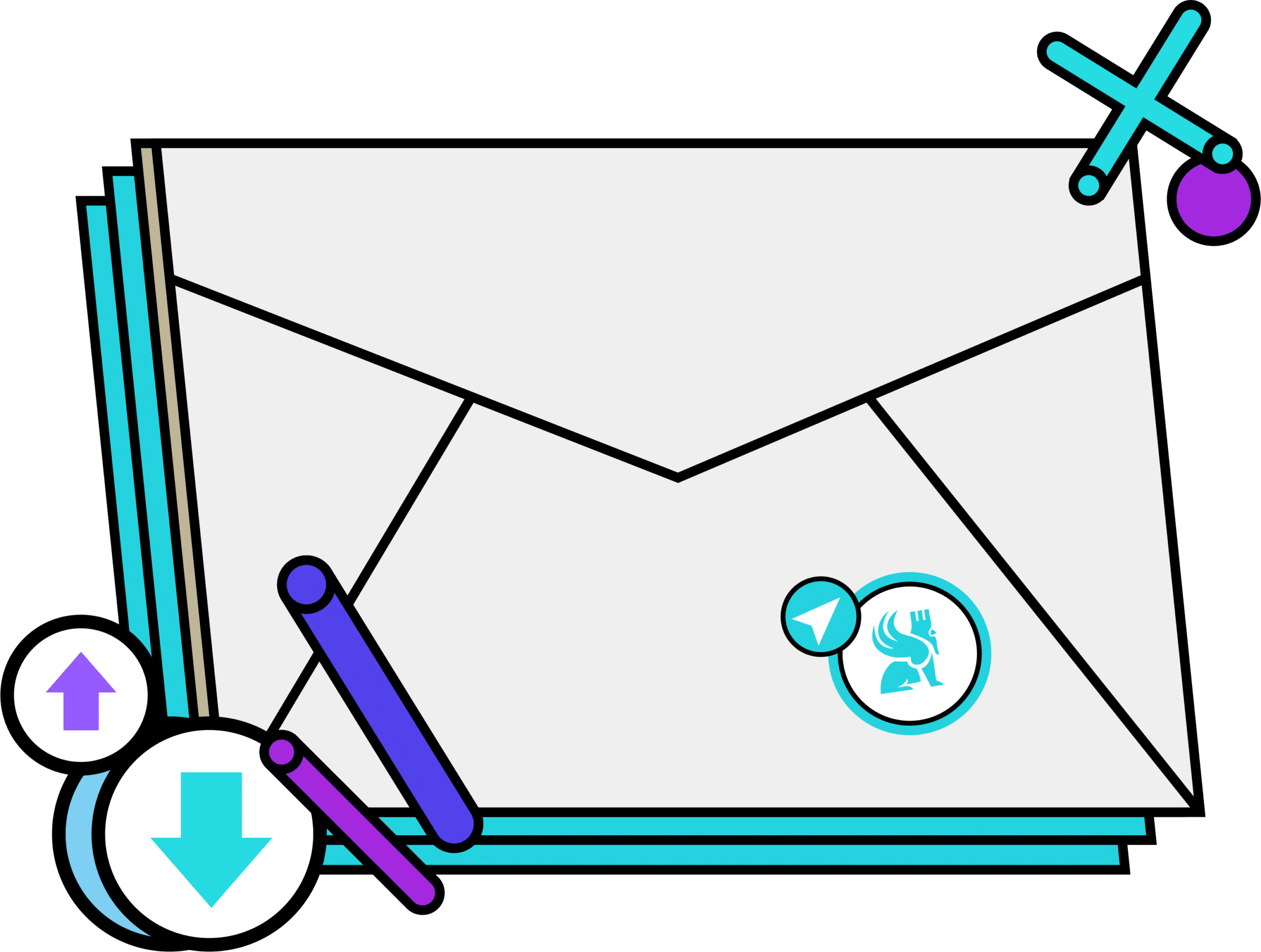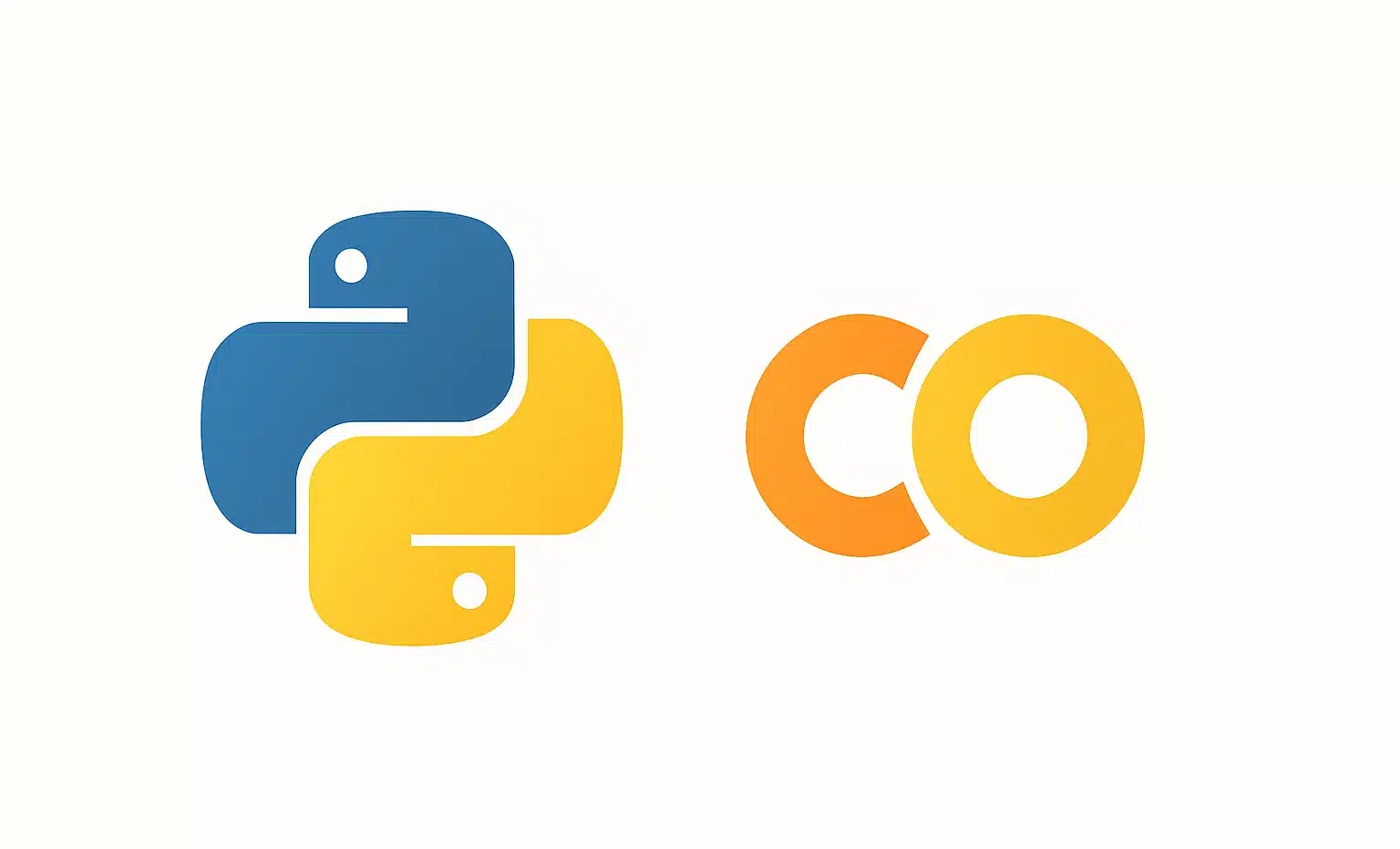Oracle Fusion is a suite of cloud applications designed to centralize the management of key business functions: finance, HR, logistics, and customer relationship management. Discover its strengths and why it attracts more and more large companies seeking a unified ERP!
Plan, manage, anticipate: these are the cornerstones of business survival in the Cloud era and hypercompetition. To meet these challenges, ERPs are no longer mere management tools; they are strategic cores.
Among the giants of this digital transformation is Oracle Fusion. Designed as a complete, modular, and 100% cloud suite, it promises to centralize all of a company’s critical functions on a single intelligent platform.
But what exactly does this offering cover? Who is it for? And above all, does Oracle Fusion live up to its promises?
Oracle Fusion: What exactly is it?
Far from being just another cloud ERP, Oracle Fusion is the result of a fusion (as the name suggests) of several of Oracle’s historical solutions: E-Business Suite, JD Edwards, PeopleSoft, Siebel, and more.
Oracle’s ambition is to create a unique, modern, and modular platform capable of replacing the fragmented legacy systems that still abound in many large companies. This suite is organized around several functional modules that can be deployed together or separately.
There is Oracle Fusion Cloud ERP for accounting, financial management, procurement, and budgeting. Meanwhile, Oracle Fusion HCM allows for the management of human resources, from payroll to recruitment.
With Oracle Fusion SCM, you can seamlessly manage the supply chain, from inventory to logistics. For everything related to customer relations, including sales and marketing, Oracle Fusion CX is the appropriate module. The strategy is clear: to provide a digital backbone for the company, streamline the flow of information between departments, eliminate silos, and enhance decision-making thanks to integrated analytics tools. This is what Oracle refers to as “Business Transformation as a Service”!

A 100% cloud architecture, for better or for blur?
Oracle Fusion was born in the cloud for the cloud. Unlike some hybrid solutions still reliant on on-site servers, everything here relies on Oracle Cloud Infrastructure (OCI). There is no local installation, no patches to manage, and no updates to schedule. Everything is automated and deployed globally, with a strong commitment to security and availability.
In terms of performance, OCI offers a high-resilience infrastructure with multi-region capabilities, native encryption, and monitoring tools that leverage AI. Oracle also highlights its compliance capabilities, particularly for regulated sectors like finance or healthcare.
But this promise has a downside: the company becomes dependent on the Oracle ecosystem. Customizations are possible but more limited than with an on-premise ERP. If you want to integrate external tools (CRM, business software, internal platforms), it’s advisable to have a strong technical team because interoperability can quickly become challenging. It’s seamless if you play by Oracle’s rules, but more complex if you try to step outside the box.
Who uses Oracle Fusion today?
While Oracle Fusion is aimed at businesses of all sizes, it primarily appeals to large organizations and ambitious mid-sized enterprises. The CAC 40 is no exception: Carrefour, Veolia, and BNP Paribas are among the notable users of the Fusion suite.
The common factor? Complex, international organizations where data unification becomes vital. The most represented sectors? Finance, industry, logistics, healthcare, as well as education and public services.
Oracle clearly focuses on transforming critical functions, specifically targeting CFOs, HR leaders, and CIOs. Feedback is mixed. Some praise the functional richness and robustness of Oracle’s cloud, while others point to the complexity of the initial setup and the sometimes steep learning curve.
One should not assume that Oracle Fusion installs like an app in 3 clicks. It is an entire transformation project that requires meticulous management.

Strengths and limitations of the Fusion suite
Oracle Fusion does not lack arguments to attract interest. Its first strength: native integration between the modules. HR, finance, procurement, Supply Chain… everything communicates in the same language without needing complex bridges or custom connectors.
An invoice can trigger a logistical order; a new hire can automatically adjust budget forecasts: everything is seamless if the implementation is well thought out. Another significant advantage: embedded intelligence. Oracle doesn’t just provide forms and dashboards.
The suite includes predictive analysis functions, Machine Learning, and even generative AI for specific tasks (like automatic report generation or HR analyses). These capabilities are built on Oracle Analytics Cloud, an in-house solution designed for interactive dashboards and real-time KPIs.
It’s also hard to overlook the Redwood interface, Oracle’s new design system. More modern, more ergonomic, designed for the end-user. It’s a far cry from the rigid old ERP interfaces of the past: everything here is responsive, mobile-accessible, and user-friendly… though there is still room for improvement.
But Fusion is not without its drawbacks. The first limitation: deployment complexity. While the interface is appealing, the configuration under the hood requires solid skills. The initial setup can be lengthy, costly, and often necessitates engaging certified Oracle partners. A project budget should be planned, not just a monthly subscription.
Also, be cautious about flexibility. As soon as you deviate from standard use cases, customizations become heavier and more technical. Some users regret having to bypass the system via custom integrations or relying on specific extensions.
Compatibility with third-party tools is also not always optimal. The Oracle ecosystem logically encourages the use of in-house solutions (like NetSuite, OCI, or MySQL Cloud), which can hinder companies already equipped with competing tools.

Oracle Fusion VS competitors: a match of giants
In the cloud ERP arena, Oracle Fusion is not alone. Opposite are well-established heavyweights: SAP S/4HANA, Microsoft Dynamics 365, Workday, and Infor CloudSuite. Each has its fans, strengths, and weaknesses.
SAP S/4HANA champions functional depth, especially in production and logistics. Its industrial DNA is an asset, but its migration to the cloud (and its cost) deters more than one CIO.
Workday, meanwhile, excels in HR and talent management, with an ultra-smooth interface, though it is less suited to complex financial management or Supply Chain needs. As for Dynamics 365, it mostly appeals to companies already within the Microsoft ecosystem. Its integration with Teams, Outlook, or Power BI is a real plus, but its pure ERP capabilities can be limited for very large volumes or very specific needs.
In this landscape, Oracle Fusion positions itself as the most homogeneous suite to cover the maximum range of business areas with a unification logic. This is both its strength… and its risk: aiming to do everything could lead to diluted specialization.
Oracle Fusion, an all-in-one ERP to unify finance, HR, and logistics
Oracle Fusion promises an ERP designed for the Cloud era, provided you know how to harness its power effectively. The suite is increasingly appealing to companies thanks to its modular approach, functional richness, and integrated intelligence, although its adoption remains a comprehensive strategic project.
For those keen to master this type of tool, DataScientest offers the Consultant Oracle Cloud Finance training. It is intended for anyone wishing to participate in the digital transformation of financial departments using the Oracle Fusion suite.
The program covers a thorough understanding of the ERP Finance modules in Oracle Cloud, including managing accounting flows to closure, and encompasses budgeting and reporting. You will also engage in practical case studies based on simulated Oracle environments and receive certification prepared in official partnership with Oracle.
With a practice-oriented pedagogy, you will learn to configure, exploit, and advise on Oracle Fusion Cloud ERP: a genuine springboard to become a functional consultant or ERP project manager in high-level organizations.
Our courses are available in BootCamp, alternating, or continuous format, and are eligible for CPF or France Travail. Get a head start in the cloud ERP market by joining DataScientest!











